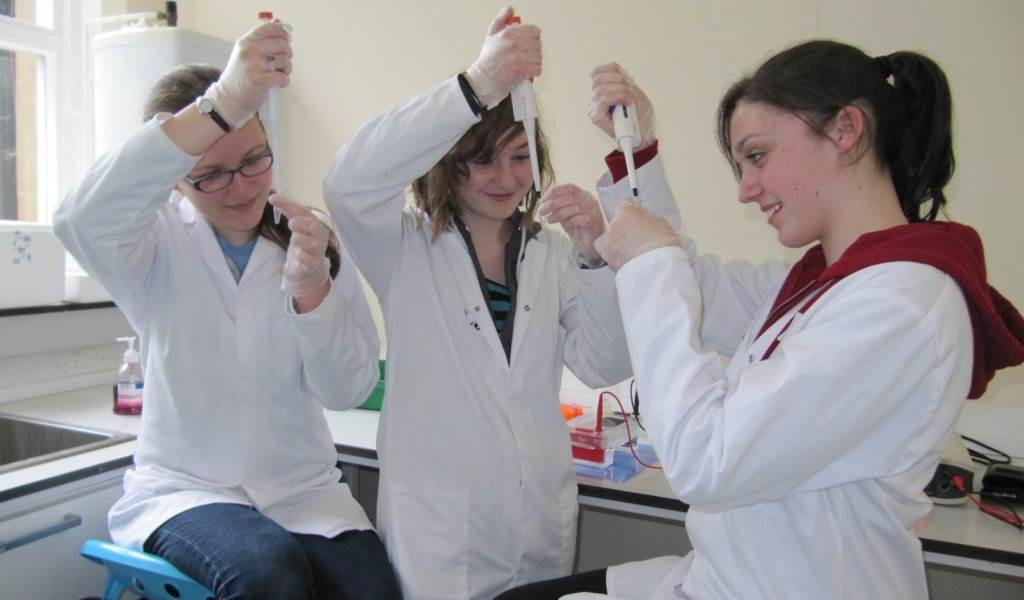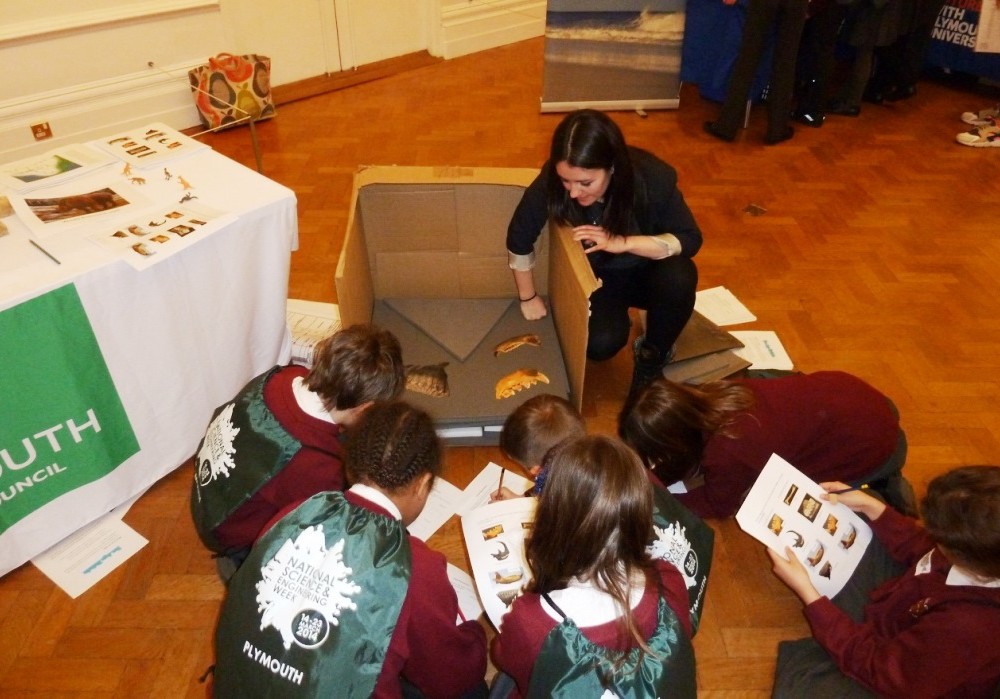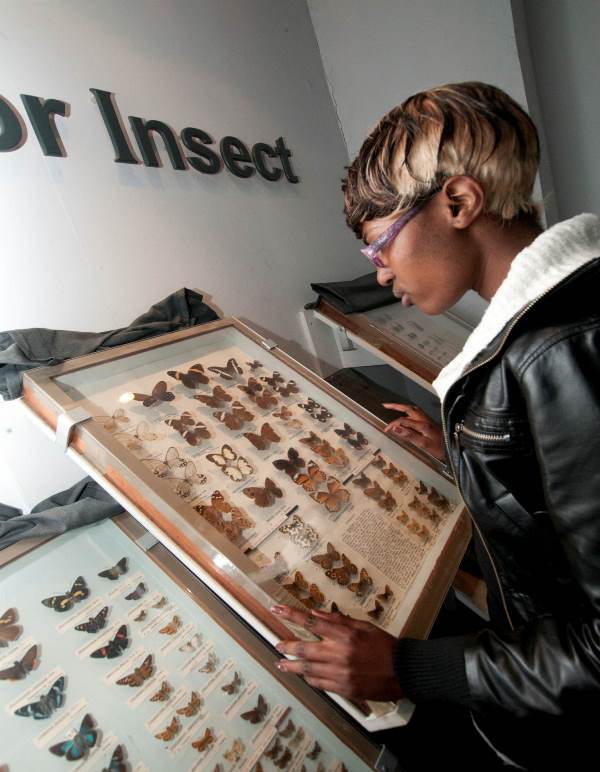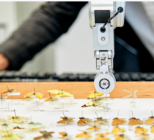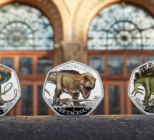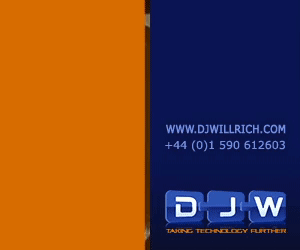Perhaps surprising to many, museums working with schools isn’t actually anything new. In the late 1800s curators were using collections to teach schools about the natural world. Ideas that may seem innovative and engaging today have already been done – a century ago! Museum displays in schools is a fantastic idea – one which Sheffield Museum developed way back in 1908. A special school room in your museum is excellent – something Haslemere museum had in 1908. Scroll through the very first editions of the Museum Journals and you will be welcomed with some wonderful case studies that can be used today.
Today many museums are using their wonderful displays and rich collections to support topics on the national curriculum. But there is a gap: a huge void where museums were doing it frequently 100 years ago, but today have a taken to a rather strange abstinence. It is those topics on the science curriculum which are missing support from museums.
Anecdotally, in one region, out of five museums I know of just one works with primary and some secondary schools delivering hands on sessions. (And in this one museum, it is the curator, not education staff, who delivers them.) More detailed research needs to be carried out to identify the gaps where museums are not supporting areas of the national curriculum and how the museum community as a whole can work together to make sure all areas are covered equally.
I am passionate about science education for many reasons. Firstly, in our museums we have incredible collections that can help support practically any science topic: rocks for the rock cycle, moths and butterflies for variation and genetics. What’s more, from my experience, there is something special about bringing out a real museum specimen, something the pupils (and teachers) feel privileged to see up close. When I go out to schools notice all the pupils in the class taking part, with teachers commenting that those who they perhaps unjustly class as ‘low achievers’ surprising them with their participating.
There is a bigger reason museums should be involved. A few years ago, the House of Lords Science and Technology Committee reported a decline in taxonomists in the UK. The problem may lie in the report’s findings that schools lack awareness recognising the importance of taxonomy so they may brush over the subject. You may think ‘So what? Taxonomy is an old science. We don’t need it anymore.’ Oh, how wrong you would be!
Although not the most sexy of words to Joe Public, taxonomy is the naming of organisms. Simple, yes, but key to our very understanding of the natural world around us. With taxonomy, we can see the diversity of life. Each species has its role in the ecosystem, from pollinating plants to recycling dung. Ecosystems are complex interactions between species: remove one species and this has an effect on others. If we don’t know what is there, how do we know what we have lost?
Taxonomy is just an example of one area of science in need of fresh talent. Engineers, nurses and doctors, to name a few obvious ones, are also in short supply.
Science is about hands on, doing experiments, discovering why things happen. It can’t exclusively be learnt from a text book. Many schools need what museums can provide. Unfortunately, for reasons which need to be examined more closely, many museums cannot support this area.
I attended a one day conference, Real World Science, earlier this month held at the Natural History Museum, which showcased the work of eight partner museums and how they are changing the way science is taught.
Set up in 2004, the Real World Science programme aims to support the science curriculum. The project, run by the Natural History Museum provides interactive workshops for both primary and secondary school students. This project is different because it has dedicated staff to develop and run the interactive hands on programme using the natural history collections. With passionate people leading the sessions, the aim is to inspire study and scientific literacy to increase the understanding of the world around them.
Not only do staff run the sessions, they also train teachers. This is a vital part of the programme. Science is a huge topic to cover and by training teachers in new ways of teaching, they become more engaging themselves.
One of the strengths of Real World Science is being part of a partnership. Three museums set up Real World Science 12 years ago, and that has more than doubled today. Each may run their own workshops, depending on the strengths of their individual collections, but each has the support of and advice from the rest of the partnership. The partnership gives confidence to try out new ideas and to share skills.
From the case studies presented by the partners, it was clear that this is an extremely successful programme. Reaching 176, 393 students in 12 years, there is clearly a real appetite d for museums to get involved. And there were more ways of engaging with students too, from exhibitions developed to specifically reach secondary school science pupils, to Citizen Science projects where pupils are a real part of scientific research. The main image shows this in action with A-Level biology students from Cheney School, Oxfordshire taking part in the ‘Question of Taste’ DNA workshop at the Oxford University Museum of Natural History. (Photo: Cheney School).
Children are our future. Without engaging, fun, workshops the true wonder of science can get lost behind a textbook or Powerpoint. In museums we can inspire the next generation of scientists. Some children might not like science. But, let’s give them the chance to discover how awesome it really is and then decide.

